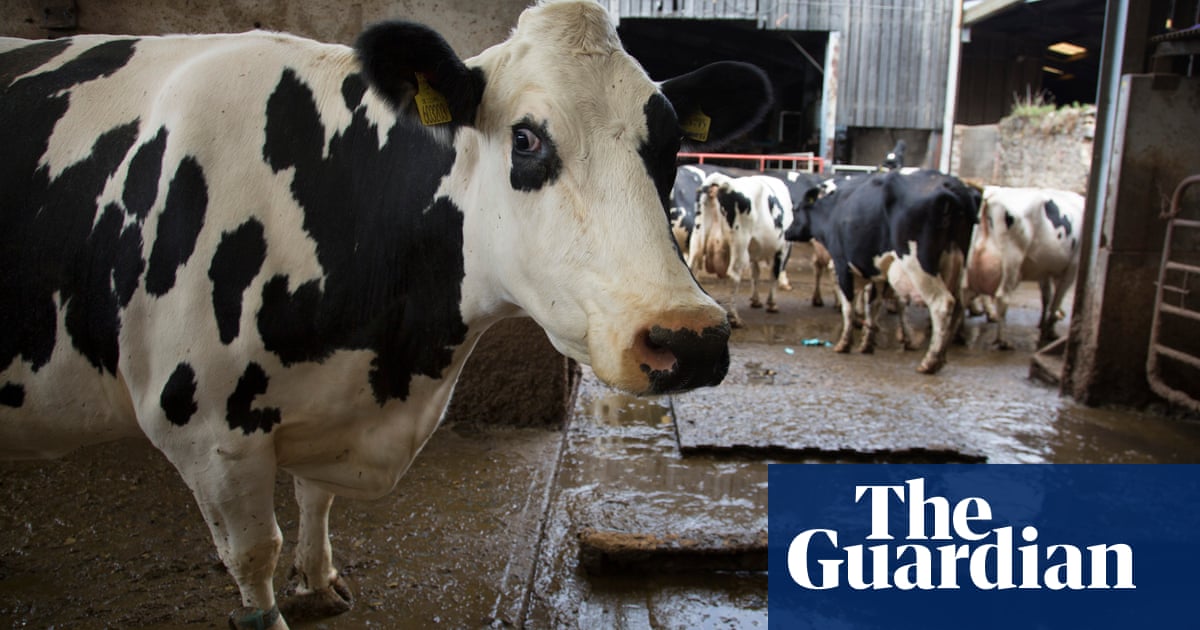
A study reveals that farming is responsible for more than a quarter of the particle pollution in UK cities.
UK agriculture created 38% of the particle pollution in Leicester, 32% in Birmingham and 25% in London in 2019, according to the study. In each case the contribution from rural agriculture was greater than all of the sources within the cities themselves.
Although low emission and clean air zones can be effective for local pollutants such as nitrogen dioxide, particle pollution can linger in our air for a week or more. This allows particles to travel a long way from where they are produced. The study found that particle pollution from the rest of Europe also affected the UK, especially the south and east of England, but less so than the impact from our own farming.
Dr Jamie Kelly, who was part of the study team at University College London (UCL), said: “We were surprised to find that ammonia from rural agricultural is so large. It is often the dominant source of particulate matter pollution in UK cities; even in cities as large as London. If the government is truly committed to addressing particulate pollution to improve public health, there need to be more ambitious measures to reduce ammonia emissions.”
Farming is the main cause of the springtime smog that affects western Europe each year. In 2014, Paris banned half of its traffic in a vain effort to control a spring smog. The health benefits from tacking agricultural ammonia are huge.
A study by Public Health England and the Met Office estimated that more than 1,600 people in the UK died early due to particle pollution in March and April 2014. The worst 10 days had an estimated 600 extra deaths and more than 1,500 extra hospital admissions. Many of these could have been avoided.
Key evidence for the new UK study comes from satellite data. Each morning and lunchtime, satellites pass over the UK and measure the ammonia beneath them. UK government estimates are about two-thirds to half those from the satellites. Areas with the greatest ammonia emissions include Northern Ireland and Norfolk.
Dr Eloise Marais from UCL said: “Using two independent satellite instruments and a detailed model we found that ammonia from farming, in particular dairy cattle, is underestimated in the official inventories that inform policies and assess compliance with international emissions targets.”
Agricultural ammonia emissions have not reduced for more than a decade. Solving our urban air pollution problems will therefore require innovation in the countryside as much as solutions in our cities.
Farms are coming under increasing scrutiny due to their role in river pollution and in the production of gases such as methane that contribute to our climate emergency.
Less attention has been given to the role of farming in air pollution that harms our health. This impact comes from tiny particles created as ammonia from animal waste and fertiliser combines with air pollution from traffic and industry. New solutions are required from the farmers themselves.
The UK100 group of local government leaders has highlighted the opportunities for local councils to make a difference by helping farmers work together and through the tenanted farms that they own.












